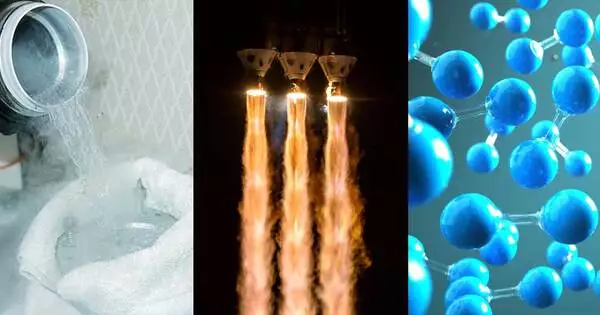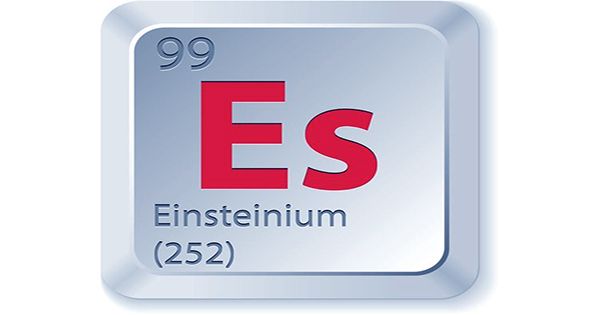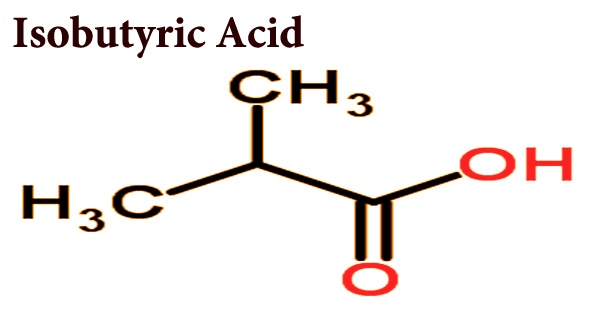Liquid hydrogen (H2(l)) is the liquid state of the element hydrogen. It is the liquefied form of the element hydrogen. Hydrogen is found naturally in the molecular H2 form. It is created by cooling hydrogen gas to very low temperatures, typically below -253°C (-423°F) at normal atmospheric pressure. At these low temperatures, hydrogen gas condenses into a clear, colorless liquid.
Liquid hydrogen has a number of important applications in science and technology. It is used as a rocket fuel in the space industry, due to its high energy density and low weight. It is also used in fuel cells, which convert the chemical energy of hydrogen into electrical energy, and in some experimental vehicles powered by hydrogen fuel cells.
H2 must be cooled below its critical point of 33 K to exist as a liquid. To be fully liquid at atmospheric pressure, however, H2 must be cooled to 20.28 K (−252.87 °C; −423.17 °F). A compressor that looks and operates like a jet engine is a common method of obtaining liquid hydrogen. Liquid hydrogen is a concentrated form of hydrogen storage that is commonly used. At normal temperature and pressure, storing it as a liquid takes less space than storing it as a gas. However, when compared to other common fuels, the liquid density is very low. It can be kept as a liquid in thermally insulated containers after it has been liquefied.
There are two spin isomers of hydrogen; liquid hydrogen consists of 99.79% parahydrogen and 0.21% orthohydrogen.
However, liquid hydrogen also presents some unique challenges, particularly in storage and transportation. Because it must be maintained at extremely low temperatures, it requires specialized containers that can keep it insulated and cold. It can also be difficult to transport, as it must be kept at very low temperatures during transit. Despite these challenges, liquid hydrogen remains an important and promising fuel source for a range of applications.
Application
Liquid hydrogen is used as a rocket fuel because of its high energy density and the fact that it can be burned cleanly with oxygen, producing only water as a byproduct. It is also used as a coolant in some industrial applications, such as in the superconducting magnets used in MRI machines and particle accelerators.
Safety issue
However, handling liquid hydrogen can be dangerous due to its extremely low temperature and flammability, so it must be stored and transported with great care. It is typically stored in specially designed tanks that can maintain it at very low temperatures and prevent any leaks or ignition sources from causing an explosion or fire.
















